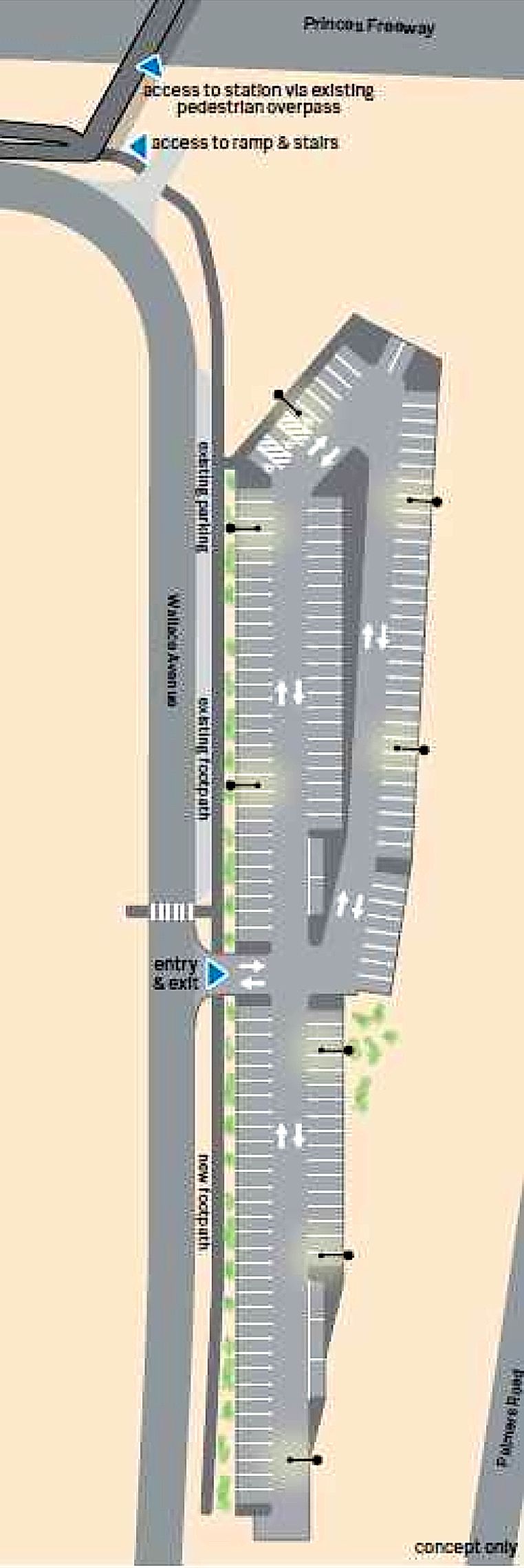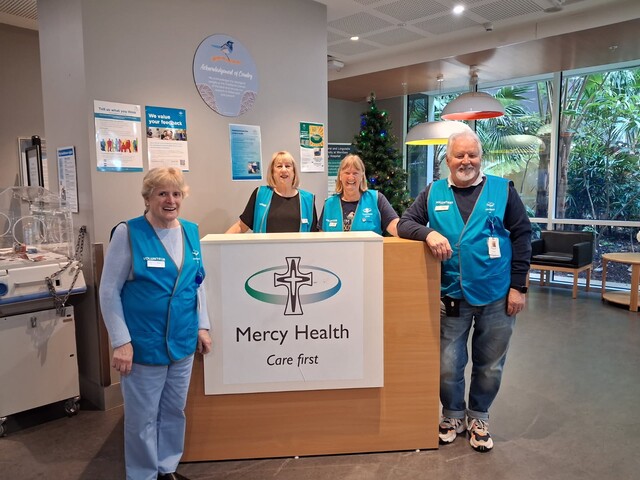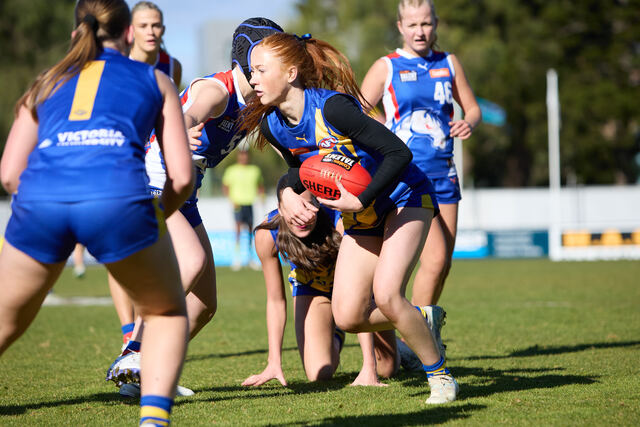Plans have been drafted – and Williams Landing train station will soon have a brand new commuter carpark.
Preliminary designs released last week show a narrow carpark for 150 vehicles on land between Wallace Avenue and Palmers Road.
The new asphalt carpark was announced by Altona MP Jill Hennessy in July this year following a public outcry over the difficulties faced by commuters wanting to secure a park each weekday morning.
Ms Hennessy hosted a feedback session on Wednesday evening, hearing from locals about their thoughts on the new carpark design.
“We know carparks around Victoria are getting busier earlier, including here in Melbourne’s west,” Ms Hennessy said.
“We are boosting parking at Williams Landing station so that we can reduce the daily scramble to find a park.
“These extra spaces will reduce pressure on the busy carpark, and make it easier to get to work and home again at the end of the day.”
As part of the drafting process, the final plans will also consider:
•A traffic flow and management analysis to ensure the carpark integrates with local traffic conditions;
•Ongoing consultation with Heritage Victoria and Wyndham council to ensure designs are sympathetic to the area;
•Ensuring people of all abilities are able to access the carpark;
•Minimising the impact of noise and lighting on neighbouring properties;
•Preserving existing trees of significance; and,
• CCTV security
The new carpark was prompted by a petition launched by a fed-up Point Cook resident who struggled to get a place in the existing carpark before work.
The petition was started in March this year, and within days, it had gained support, and signatures, of more than 1100 other commuters.
In May, Ace Parking opened a 300-spot paid carpark on Overton Road between Palmers Road and Kendall Street.
While this relieved some of the stress for commuters, there is presently a fee to use the carpark.
Construction of the new carpark, which will offer free parking, will begin early next year, and is due to be completed by the end of next year. It will be funded through a state government investment of $20 million, which will create more than 1500 new parking spaces across the train network.







